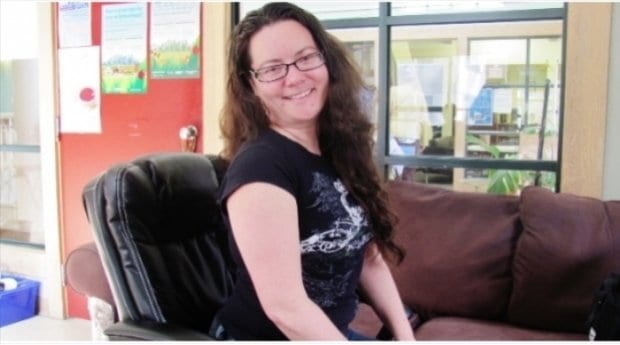The Pride in Art Society (PiA), which produces Vancouver’s Queer Arts Festival (QAF), has received a five-percent increase in grant funding from the federal government for the 2014 season.
“We are absolutely grateful to have the increase from Canadian Heritage,” artistic director Rachel Iwaasa told Xtra. “We had hoped for a little bit more,” she admits, but says the PiA is “definitely happy” it’s an increase from last year.
PiA received $36,000 from Canadian Heritage, an increase of $1,800 from the $34,200 the society received last season but far less than the $44,000 in 2012 or the $36,600 in 2010 when the society began.
According to PiA, the $44,000 federal grant in 2012 constituted almost half of the organization’s government funding and 17 percent of its total budget.
The increase in federal money follows funding boosts the organization has received from all levels of government this year. Iwaasa said the $12,000 the society received from the province is nearly double the amount of past contributions, while the City of Vancouver also increased its support, allotting $15,000 for the festival.
PiA applied for the federal grant last September and heard they were approved only last week.
The long waiting period is not uncommon, Iwaasa says, adding “that’s the nature of the beast.” PiA was notified of the approval by phone but was never told specifically why the application had merit.
The Department of Canadian Heritage, which confirms that the society was approved for a $36,000 project grant, says that the application process was thorough and competitive.
“All applications for funding under the Building Communities Through Arts and Heritage Program are subject to an open, merit-based, competitive process which takes into account available resources,” ministry spokesperson Pierre Manoni explains.
“Applications are assessed based on the program’s guidelines and objectives and in accordance with the Government of Canada’s ongoing goal of funding projects that identify and deliver measurable, tangible results that contribute to program objectives,” Manoni adds. He says grant objectives are to “provide the best value for money and meet the needs of Canadians.”
Iwaasa says she doesn’t know when PiA will receive the funds. “We’re just happy that we don’t have to implement any contingency plans. We would have been foolish not to be a little apprehensive in regard to what happened last year,” she notes.
Last May, three months before the festival, Canadian Heritage suddenly cut QAF’s annual grant, telling the society in a letter that the festival no longer fit the sponsorship criteria to deliver “measurable and tangible results, to optimize available funds, and to meet the needs of Canadians.”
Most of the funding — about 75 percent — was, however, quickly and quietly reinstated following an outcry of support for the society and festival.
With the latest increase, Iwaasa says, it’s business as usual for festival organizers.
“It means that we’ll be able to go forward with the festival programming as planned.”
“They [Heritage Canada] don’t increase everybody,” Iwaasa says. “It’s a project grant, so there’s no guarantee, but a five-percent raise is a vote of confidence.”
The QAF program lineup will be announced in early June.
Queer Arts Festival
Wed, July 23–Sat, Aug 9
Roundhouse Community Arts & Recreation Centre
181 Roundhouse Mews, Davie St at Pacific

 Why you can trust Xtra
Why you can trust Xtra


